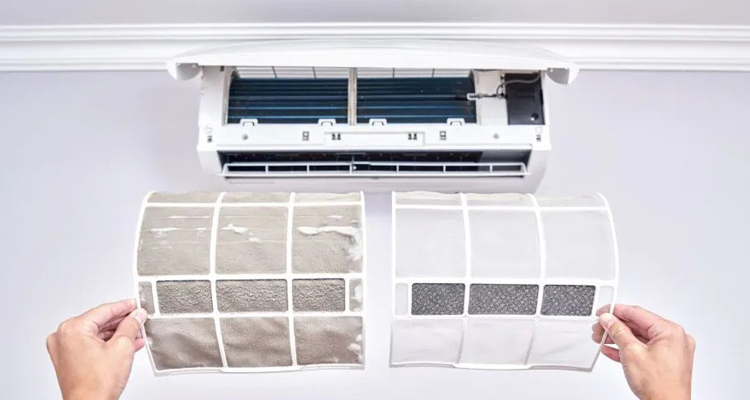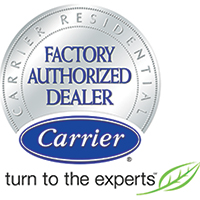
Indoor air quality (IAQ) plays a crucial role in maintaining a healthy and comfortable living environment. Poor air quality can lead to various health issues, including allergies, respiratory problems, and fatigue. Fortunately, there are several effective strategies to enhance the air quality in your home. Here are some practical tips to help you create a healthier indoor environment.
1. Regularly Clean and Replace Air Filters
Air filters in your HVAC system trap dust, pollen, and other airborne particles. Over time, these filters can become clogged, reducing their effectiveness and potentially allowing contaminants to circulate in your home.
Check and replace your air filters regularly, typically every 1-3 months, depending on the type of filter and your household’s needs. Consider using high-efficiency particulate air (HEPA) filters for better air purification.
2. Use Air Purifiers
Air purifiers can help remove allergens, dust, and other pollutants from the air, improving overall indoor air quality.
Place air purifiers in high-traffic areas or rooms where air quality issues are more prevalent. Choose models with HEPA filters or activated carbon filters for optimal performance. Ensure regular cleaning and filter replacement as per the manufacturer’s instructions.
3. Maintain Proper Humidity Levels
Excess moisture can lead to mold growth and dust mites, while overly dry air can cause respiratory discomfort and dry skin.
Use a hygrometer to monitor indoor humidity levels and keep them between 30-50%. Use a dehumidifier in damp areas and a humidifier in dry conditions to maintain balanced humidity. Regularly clean and maintain these devices to prevent mold and bacterial growth.
4. Ensure Adequate Ventilation
Proper ventilation helps to dilute and remove indoor pollutants and bring in fresh outdoor air.
Open windows regularly to allow fresh air circulation, especially when cooking or using chemical products. Use exhaust fans in kitchens and bathrooms to expel pollutants and moisture. Consider installing a mechanical ventilation system if you live in a tightly sealed home.
5. Minimize Use of Chemical Cleaners
Many household cleaning products contain volatile organic compounds (VOCs) that can release harmful fumes into the air.
Opt for natural or eco-friendly cleaning products with low VOCs. You can also make your cleaning solutions using ingredients like vinegar and baking soda. Ensure proper ventilation when using any cleaning products to reduce exposure to fumes.
6. Remove or Reduce Allergens
Common indoor allergens include dust mites, pet dander, and mold. Reducing these allergens can significantly improve indoor air quality.
Regularly wash bedding, curtains, and other fabrics in hot water to remove dust mites. Use allergen-proof covers on pillows and mattresses. Clean pet bedding frequently and groom pets regularly. Address any signs of mold promptly and ensure proper ventilation in damp areas.
7. Keep Your Home Clean and Clutter-Free
Dust and debris can accumulate in cluttered areas, leading to poor air quality.
Regularly dust and vacuum surfaces using a vacuum with a HEPA filter. Clean floors and carpets frequently to remove dust and allergens. Keep clutter to a minimum to reduce areas where dust and allergens can accumulate.
8. Use Houseplants Wisely
Certain houseplants can help improve indoor air quality by absorbing toxins and releasing oxygen.
Choose low-maintenance plants known for their air-purifying properties, such as snake plants, spider plants, or peace lilies. Ensure that plants are properly cared for to avoid issues with mold or overwatering.
Improving indoor air quality is essential for a healthier and more comfortable home. By implementing these tips, you can create a cleaner, fresher environment that supports overall well-being. If you are looking for professional HVAC service, look no further than Aire One Vaughan.








